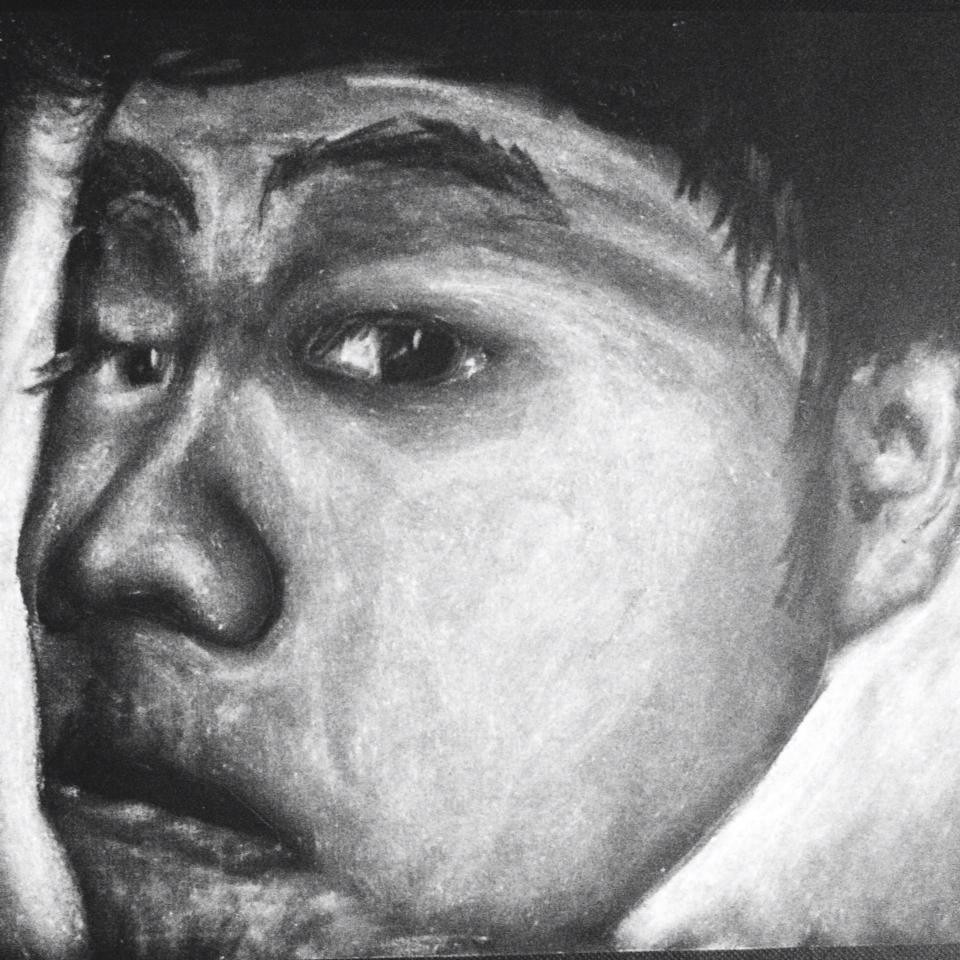Place, then, is both Simple (and that is part of its appeal) and complicated.
This reading explores various competing theories of place. Cresswell separates contemporary thought on place into three, at times overlapping, categories. The first category is the descriptive approach, the second the social constructivist approach, and the third the phenomenological approach.
Cresswell also pushes beyond these theories of place, focusing instead on behavior that is seen as “out of place,” particularly homosexual behavior and the existence of the homeless. Through these explorations, Cresswell does not resolve the tensions between different definitions of place, but he explains these tensions in order to argue that place is an important and complex topic that academics from a variety of disciplines should pay attention to. Environmental thinkers should heed Cresswell’s call and continue to investigate how our connections to place affect the natural world and how we might come to better protect it.
‘My place’ is not ‘your place’ – you and I have different places. ‘ ; “Place is everywhere”
